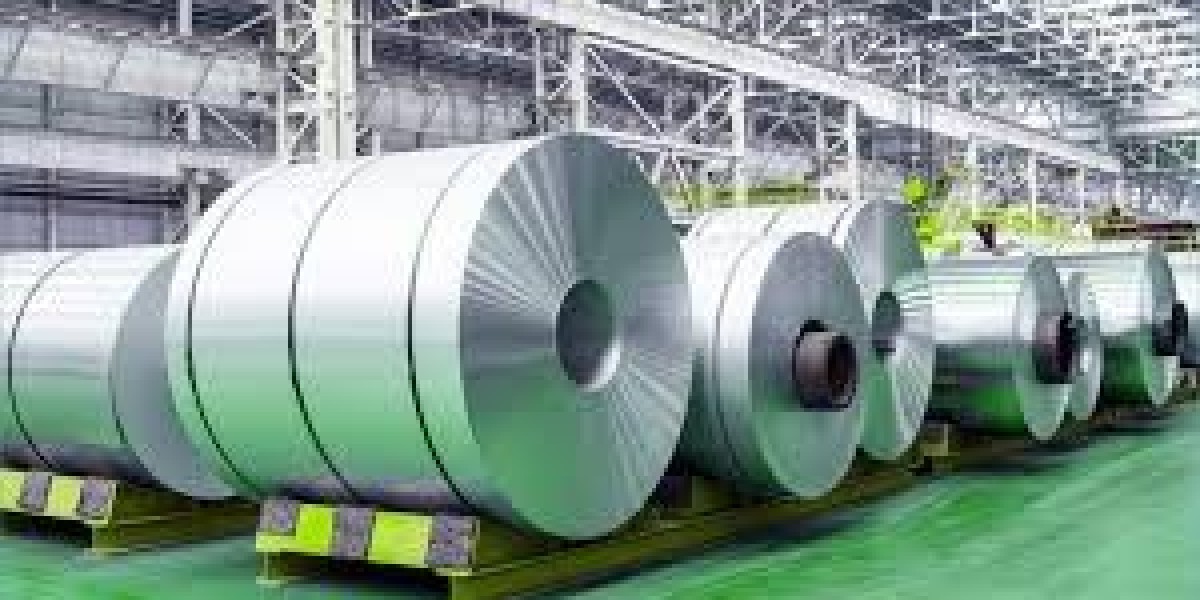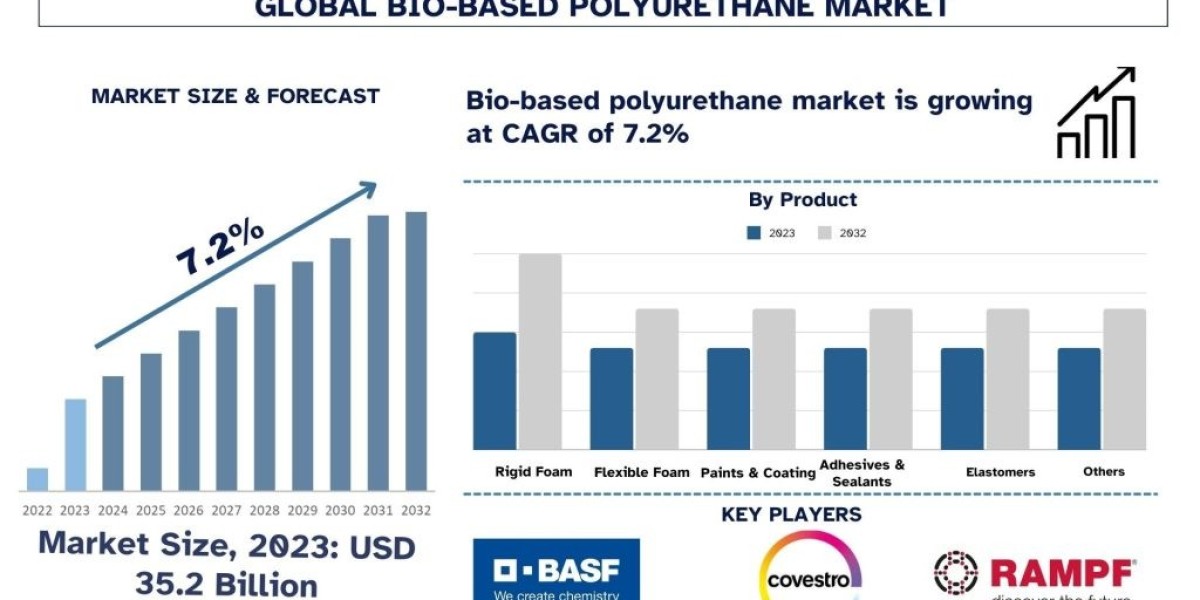The green steel market is evolving rapidly, driven by technological innovations that promise to revolutionize the way steel is produced. Traditional steel production methods, such as blast furnaces, are notoriously carbon-intensive, and as the world moves toward decarbonization, the need for cleaner, more sustainable alternatives has never been greater.
Hydrogen-Based Steel Production
One of the most promising innovations in green steel production is the use of hydrogen as a replacement for coke in the blast furnace process. Traditional steel production relies on coke to reduce iron ore in a high-temperature environment, but this process emits large amounts of carbon dioxide. By using hydrogen in place of coke, the reduction process produces water vapor instead of CO₂.
Hydrogen-based direct reduction (H-DR) is currently being tested and scaled up by several companies, including SSAB, Tata Steel, and ArcelorMittal. These companies are investing heavily in hydrogen infrastructure to support large-scale green steel production. In addition to the environmental benefits, hydrogen-based production can also reduce dependence on coal and other fossil fuels, making the steel industry more energy-diverse.
Electric Arc Furnaces Powered by Renewable Energy
Another significant innovation in the green steel space is the use of electric arc furnaces (EAF) powered by renewable energy sources. EAF technology already exists in the steel industry and is commonly used to recycle scrap steel. When powered by electricity from renewable sources such as wind or solar, EAF technology can produce steel with significantly lower emissions compared to traditional blast furnaces.
Companies like Nucor and Steel Dynamics are already utilizing electric arc furnaces for a portion of their steel production. These companies are leading the charge in adopting renewable energy-powered EAFs to meet sustainability targets.
Carbon Capture and Storage (CCS)
In addition to hydrogen and EAF technologies, carbon capture and storage (CCS) is also being explored as a means of reducing the carbon emissions from steel production. CCS involves capturing CO₂ emissions from the production process and storing or repurposing them to prevent their release into the atmosphere.
Steel manufacturers such as POSCO and SSAB are investing in CCS technologies to mitigate emissions from their traditional blast furnace operations. This technology is seen as a key solution for decarbonizing the steel industry, particularly in regions where it may take time to transition fully to hydrogen-based or renewable energy-powered production methods.
Future Outlook for Green Steel Technologies
The future of green steel production is bright, with ongoing innovations that promise to significantly reduce the environmental impact of steel manufacturing. As costs for hydrogen and renewable energy continue to decline and new technologies emerge, the green steel market will become increasingly competitive. The next decade will likely see a significant increase in the share of steel produced through green methods, driven by both technological advancements and market demand for sustainable products.
Conclusion
Technological innovations in green steel production, including hydrogen-based reduction, electric arc furnaces powered by renewable energy, and carbon capture technologies, are transforming the steel industry. As these innovations mature and become more widely adopted, green steel will play an increasingly important role in the global effort to decarbonize heavy industries and create a sustainable future.



